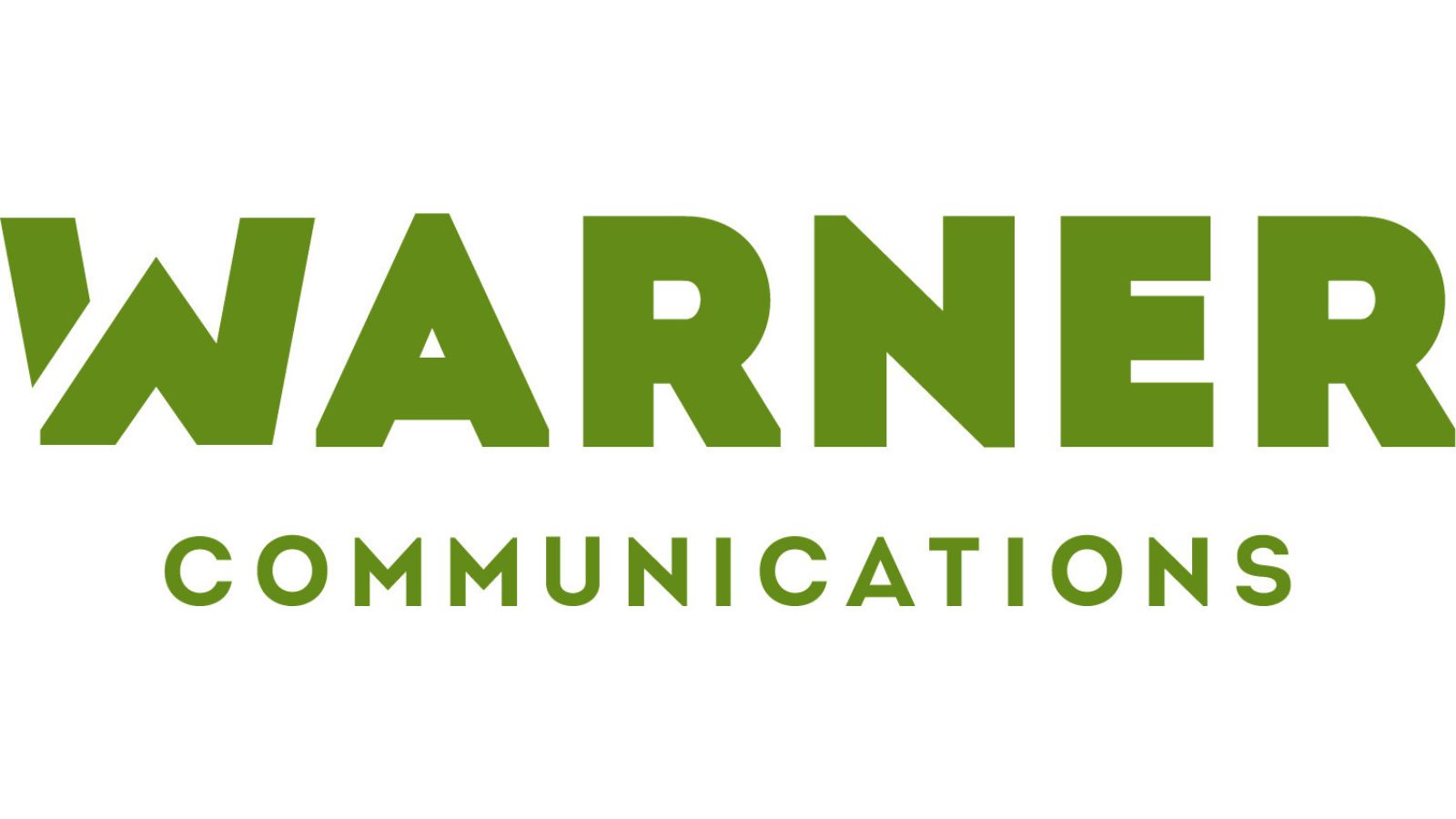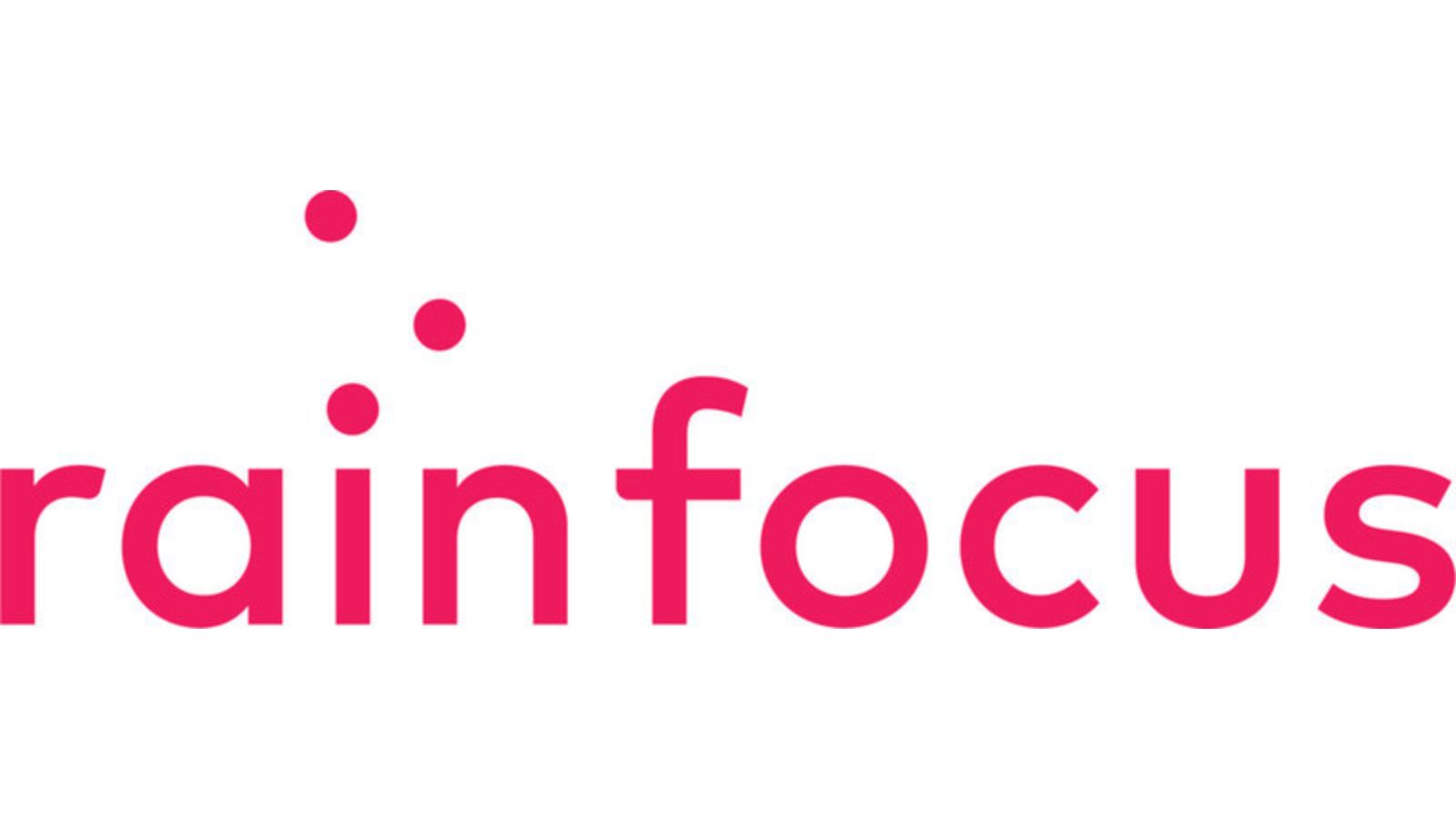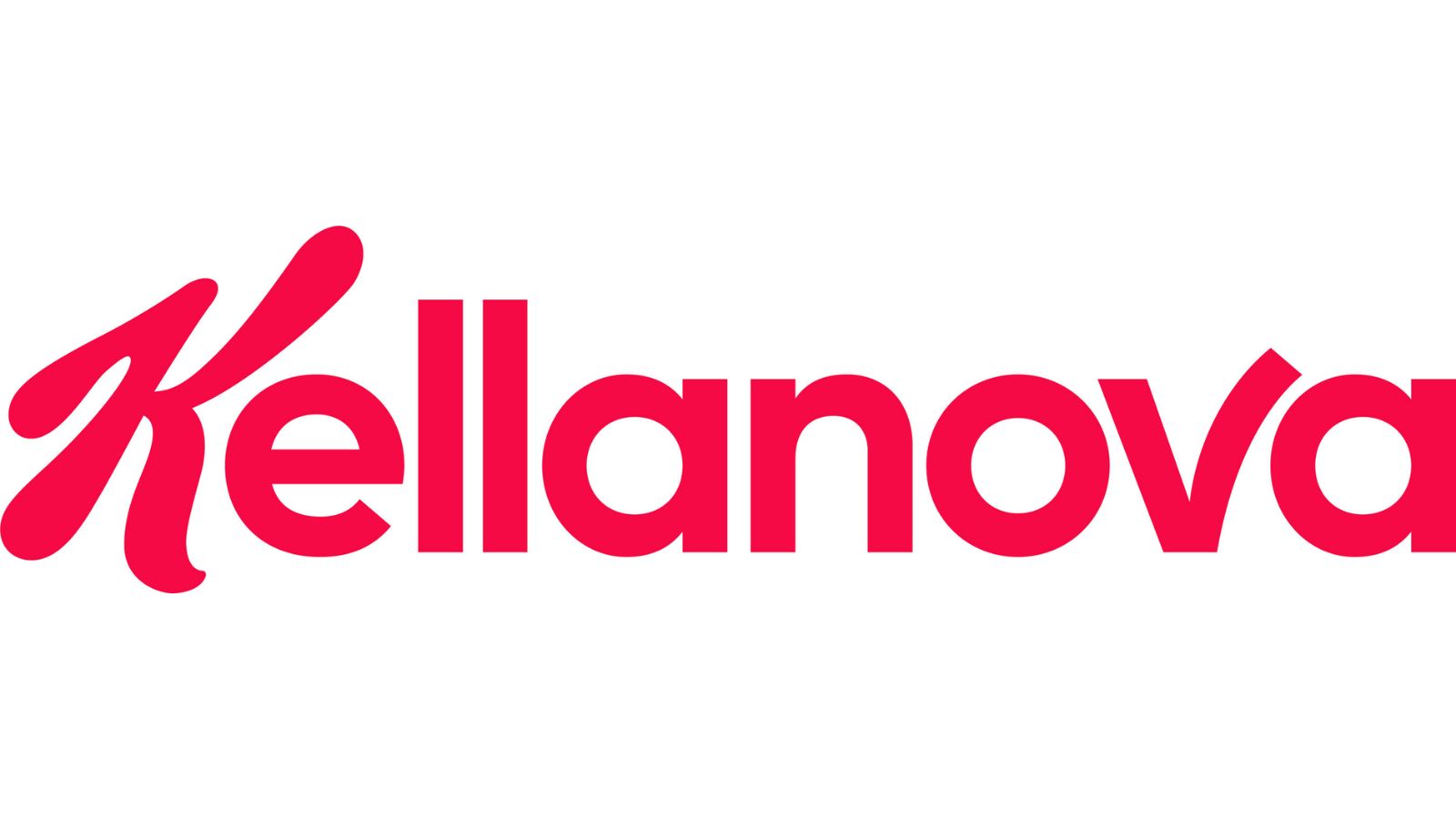Introduction
Understanding your audience is crucial for success in today’s marketing world. It helps turn messages into compelling stories that engage and motivate. There are effective strategies to gain a deep understanding of your audience, such as using data and analytics and connecting through empathy and storytelling. These methods provide new viewpoints, question assumptions, and empower you with the skills to create strong relationships with your customers. Get ready for valuable insights that will enhance your brand, connecting with audiences in impactful ways that go beyond just sales and create lasting connections.

How to Find the Target Audience
Below are some useful insights for locating and comprehending your desired audience:
· Demographic and Firmographic Data:
Begin by examining the basic demographic and firmographic information of your current customers. Consider details such as age, gender, location, income, industry, company size, job titles, etc. This information is crucial for determining your target audience.
· Monitoring Social Media
Keep an eye on social media platforms, online forums, and communities where your target audience is present. Look out for the subjects they talk about, the queries they have, the challenges they face, and how they communicate. This can provide you with helpful information about their preferences, actions, and requirements.
· Website and Analytics Data
Analyze the data from your website and analytics, including where your traffic is coming from, which pages are popular, how many visitors leave the site quickly, and how users behave. This information can help you learn more about the people who visit your website, what they like, and what they are looking for. Many of these visitors are probably part of your target audience.
· Customer Surveys and Interviews
Communicate with current customers through surveys, interviews, or focus groups. Inquire about their reasons, difficulties, likes, and how they make choices. This feedback can give valuable information about what your target audience thinks.
· Studying Competitors
Examine what your competitors are doing to promote their products or services, including how they communicate with customers. Take note of the specific groups they are trying to reach and the kind of messages they are putting out. This can give you insight into who your mutual target audience is and where there may be opportunities for your business.
· Using External Sources of Data
Think about using external sources of data, like companies that specialize in market research or data providers, to gather more detailed information about the demographics, interests, and behavior of the different groups within your target audience.

Some General Technicalities:
Let’s explore each step more thoroughly and offer technical tips for identifying your target audience.”
1. Determine Your Ideal Customer Profile (ICP):
· Use CRM software to manage and analyze customer information efficiently.
· Employ advanced segmentation tools to group customers by demographics, behaviors, and preferences.
· Use predictive analytics to find trends and qualities shared by your top customers, which can help improve your ideal customer profile.
2. Do Market Research:
· Utilize tools like Google Analytics, SEMrush, or SimilarWeb to collect information on market trends, competitor performance, and audience behavior.
· Use sentiment analysis tools to comprehend customer opinions in online reviews, social media posts, and forums.
· Utilize survey and polling platforms such as SurveyMonkey or Typeform to gather feedback from potential customers and confirm market assumptions.
3. Make Use of Current Customer Information:
· Use data mining methods to uncover useful information from your CRM database, such as customer details, buying habits, and communication trends.
· Use customer grouping methods to find groups of customers with common traits and likes.
· Use machine learning methods to forecast future customer actions and find chances to sell additional products or services.
4. Utilize Social Media Analytics:
· Utilize social media platforms’ data to gather information on the characteristics of your audience, their interests, and how engaged they are.
· Utilize tools such as Brand watch or Sprout Social to track discussions and sentiment related to specific keywords and subjects.
· Use social network analysis to pinpoint important influencers and thought leaders among your target demographics.
5. Keyword Research:
· Use tools to find popular and relevant keywords related to your industry or products.
· Study how competitive keywords are and how often they are searched for to decide which ones to focus on.
· Organize similar keywords into groups and create specific content themes for different parts of your target audience.”
6. Discover LinkedIn and other professional networks:
· Utilize LinkedIn’s API to gather profile information and connections of professionals who fit your target demographics.
· Employ social graph analysis methods to pinpoint influential people and groups in your field.
· Take advantage of LinkedIn’s advertising system to reach specific job titles, industries, and company sizes with sponsored posts and advertisements.
7. Collaborate with Influencers and Experts in the Field:
· Utilize platforms that specialize in influencer marketing to find and reach out to influencers who appeal to your target audience.
· Use tools that track affiliate links to see how partnering with influencers affects your website traffic and sales.
· Use automation tools to make it easier to communicate and work with influencers.
8. Experiment and Make Changes:
· Use tools to test different messages, deals, and target groups.
· Use marketing automation tools to plan and send personalized campaigns based on audience groups and behavior.
· Use analytics tools to track campaign performance and make adjustments based on data.

Businesses can use technical knowledge and tools to find and connect with their target audience, increasing engagement, sales, and business expansion in the competitive online world.
Tools that help in knowing your Audience
Below are some helpful tools that companies can use to get to know and understand their target market:
· Google Analytics is a free tool that gives important information about the people who visit your website, such as their age, where they are from, what they are interested in, what devices they use, and which pages they look at the most.
· Analyzing social media data is easier now with platforms such as Facebook Audience Insights, Twitter Analytics, and LinkedIn Website Demographics, which help you understand the people following and interacting with your accounts.
· Survey tools such as SurveyMonkey, Type form, and Google Forms allow users to create personalized surveys to gather feedback from their audience regarding their preferences, challenges, objectives, and more.
· Email marketing platforms such as MailChimp, Constant Contact, and HubSpot offer information about the demographics of subscribers, how engaged they are with the emails, and their purchasing habits. Services such as Focus Vision and Living Lens make it easier to conduct remote focus groups and user interviews to gather valuable information from the audience.
· Customer relationship management (CRM) systems, such as Salesforce, HubSpot CRM, and Zoho, gather and manage important information about potential customers, current customers, and their interactions. These systems also aid in organizing and categorizing different groups of audiences.
Using a mix of these tools can assist companies in collecting both numerical and descriptive information to create precise profiles and representations of their target market.
The Last Thought:
In marketing, knowing your audience well is essential for creating successful campaigns. By following these seven strategies to understand your audience better, you can build strong connections that lead to engagement, loyalty, and success. Keep learning about your audience, listening to them, and adjusting your approach to meet their needs and surpass their expectations.











Leave a Reply